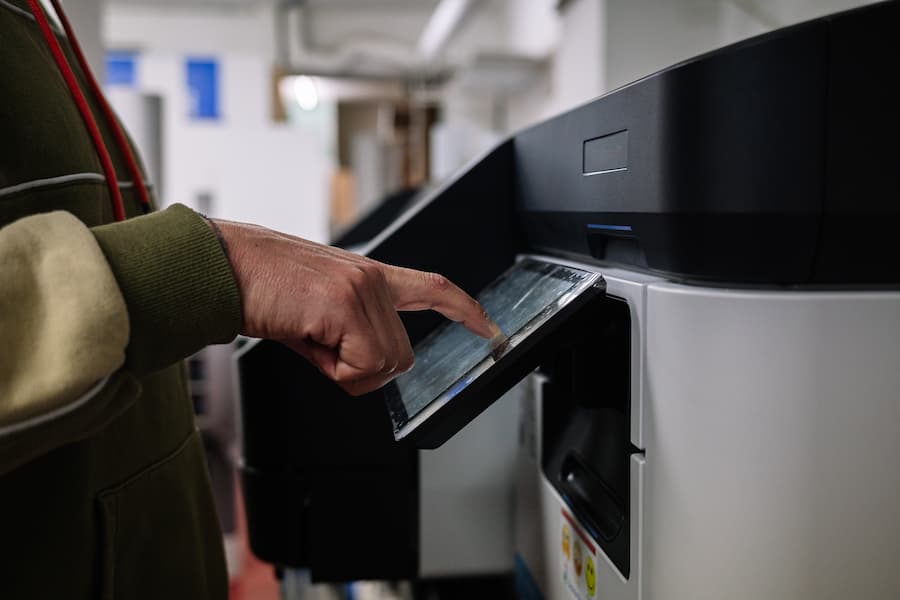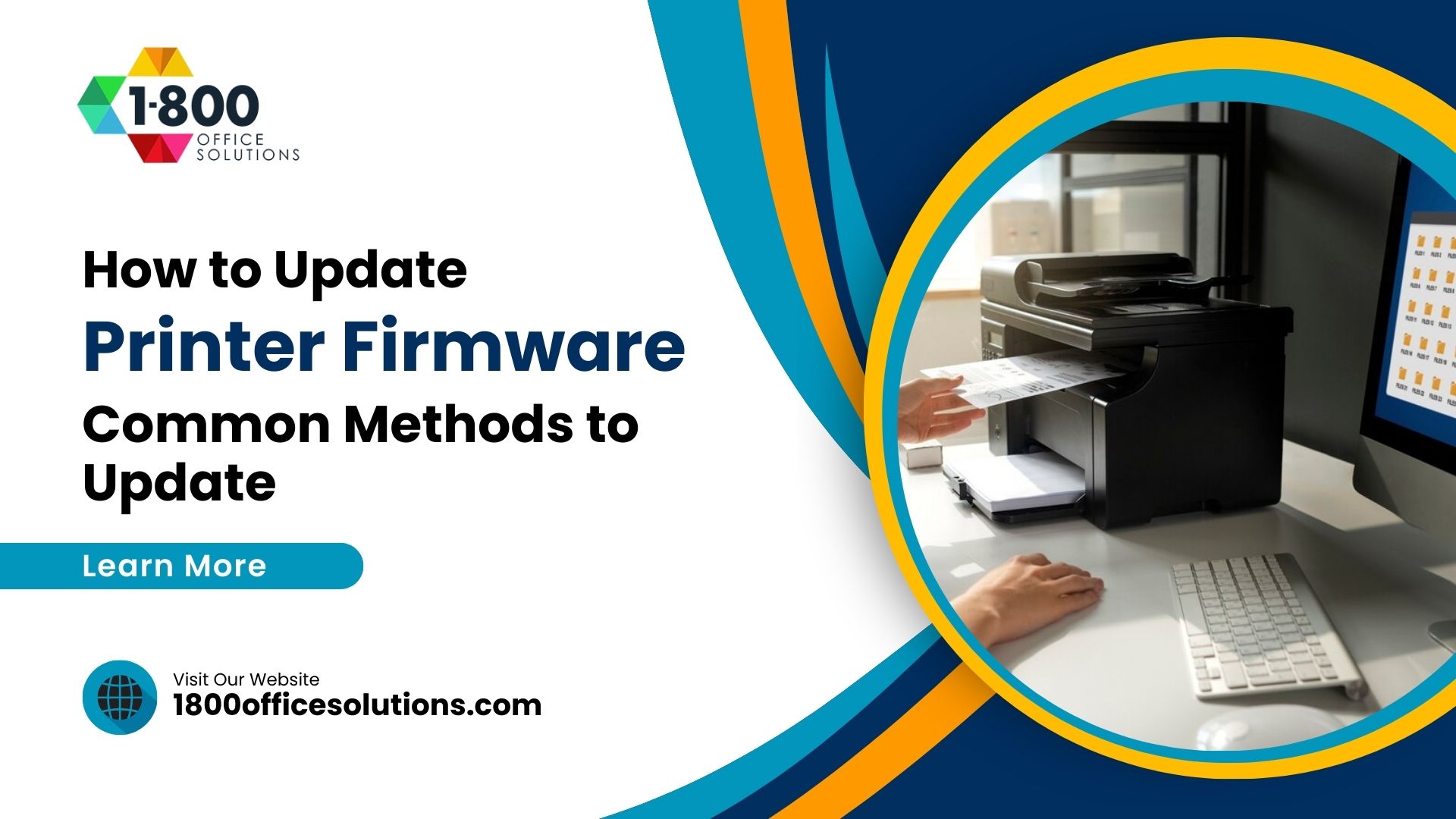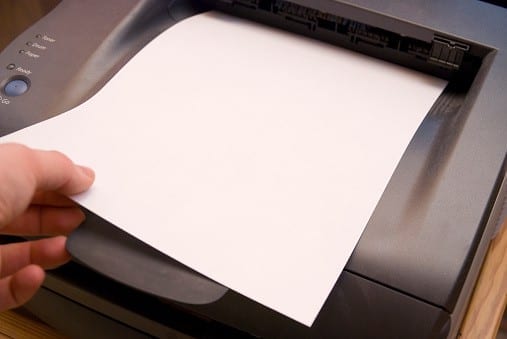10 Steps to Better Secure Your Office Printer
How to Secure Your Office Printer
Printer security is a critical component of any organization’s IT security strategy. Unfortunately, it is often neglected, overlooked, or considered a low-priority area for security measures. However, failing to secure your printers can create vulnerabilities that hackers or malicious actors may exploit to access sensitive data, potentially leading to costly data breaches.
To safeguard your office print fleet and minimize security risks, it’s essential to prioritize printer security as part of your overall security plan. By taking proactive steps now, you can reduce the chances of falling victim to cyberattacks and mitigate the potential impact on your organization’s operations, resources, and reputation.
What is Printer Security?
Printer security is all about protecting your printer and the network it’s on from cyber threats. Printers are like little computers and can be hacked if not secured. This could let someone steal data you’re printing, mess with your printer, or even use it to launch attacks on other devices.
There are steps you can take to secure your printer, like updating its software, using strong passwords, and keeping it on a secure network. By following these practices, you can help keep your information safe and your printer working smoothly.
Here are some key recommendations and security best practices to enhance your printer security:
Use a Firewall
Implement Pull Printing or Secure Printing
To bolster your printer security strategy, consider implementing pull printing or secure printing methods, which add an extra layer of protection for sensitive documents and enhance overall business security.
Pull printing, also known as Follow Printing, is a two-step process that safeguards against malware and unauthorized access to printed documents. Users initiate print jobs from their devices, sending them to a universal print driver. Subsequently, they must authenticate and “pull” the print job from any pull print-enabled printer, ensuring that only authorized users can access the printed documents.
Another option is user-authenticated secure printing, where users send documents to a designated printer driver and device. Upon physically reaching the designated device, users authenticate themselves via a browser, badge/card reader, or PIN to release the print job securely.
To address printer security comprehensively, adhere to printer security best practices such as changing default passwords to strong ones, regularly updating printer firmware to patch known security holes, and ensuring printers are accessed remotely with strong passwords. Implement network security measures, such as monitoring network traffic and setting up recurring reminders for firmware updates.
Taking a holistic approach to printer security and incorporating additional security features, such as strong passwords, multifactor authentication, and physical security for printers, adds an extra layer of protection. This layered security approach helps protect sensitive data, mitigate security risks, and strengthen your overall security posture across the corporate network and business technology infrastructure.
Regular Audits and Updates
Conducting regular security audits of your printer fleet is crucial to identifying and addressing potential vulnerabilities. These audits should encompass firmware, software, and security patches, ensuring they are up to date to protect against known exploits and vulnerabilities. Regular updates and patches are essential components of a robust security strategy, helping to mitigate risks and enhance the overall security posture of your printing infrastructure.
Encryption
Enabling encryption protocols for data transmitted between devices and printers is paramount in preventing interception or tampering by unauthorized parties. Utilizing strong encryption standards such as HTTPS or IPsec ensures that data in transit remains secure and confidential. Encryption adds an extra layer of protection to sensitive information, safeguarding it from potential threats and unauthorized access.
Physical Security
Ensuring that printers are located in secure areas accessible only to authorized personnel is critical for maintaining physical security. Implementing measures such as surveillance cameras, access control systems, and secure storage for printer supplies enhances physical security measures. By preventing physical tampering or theft, organizations can protect their printing infrastructure and reduce the risk of unauthorized access or compromise.












